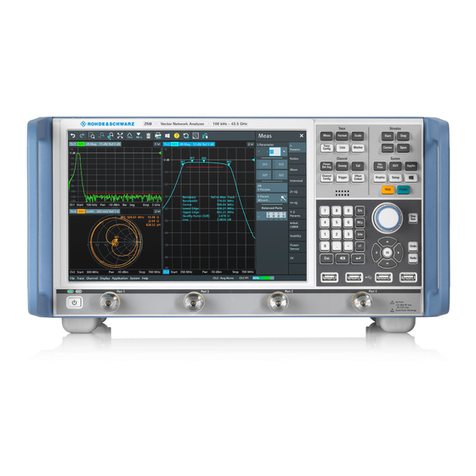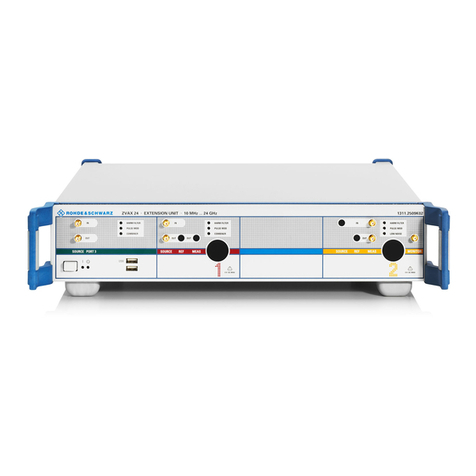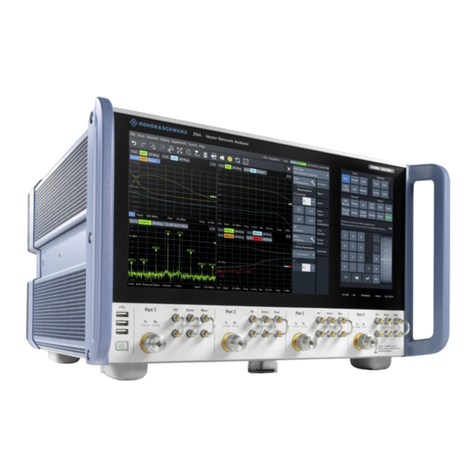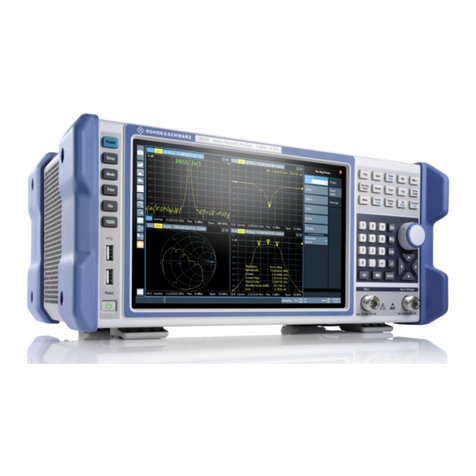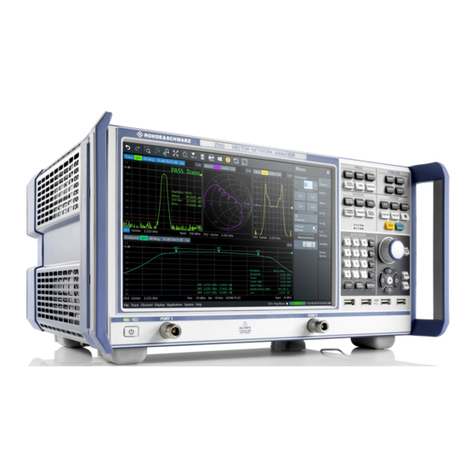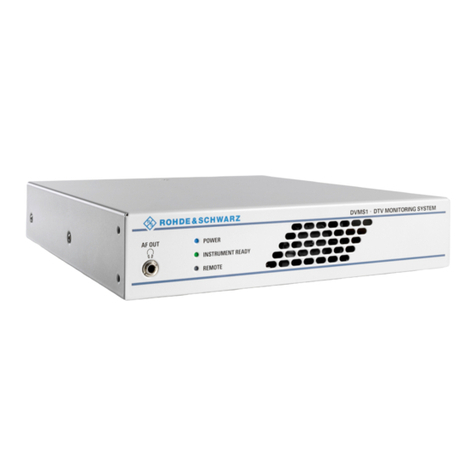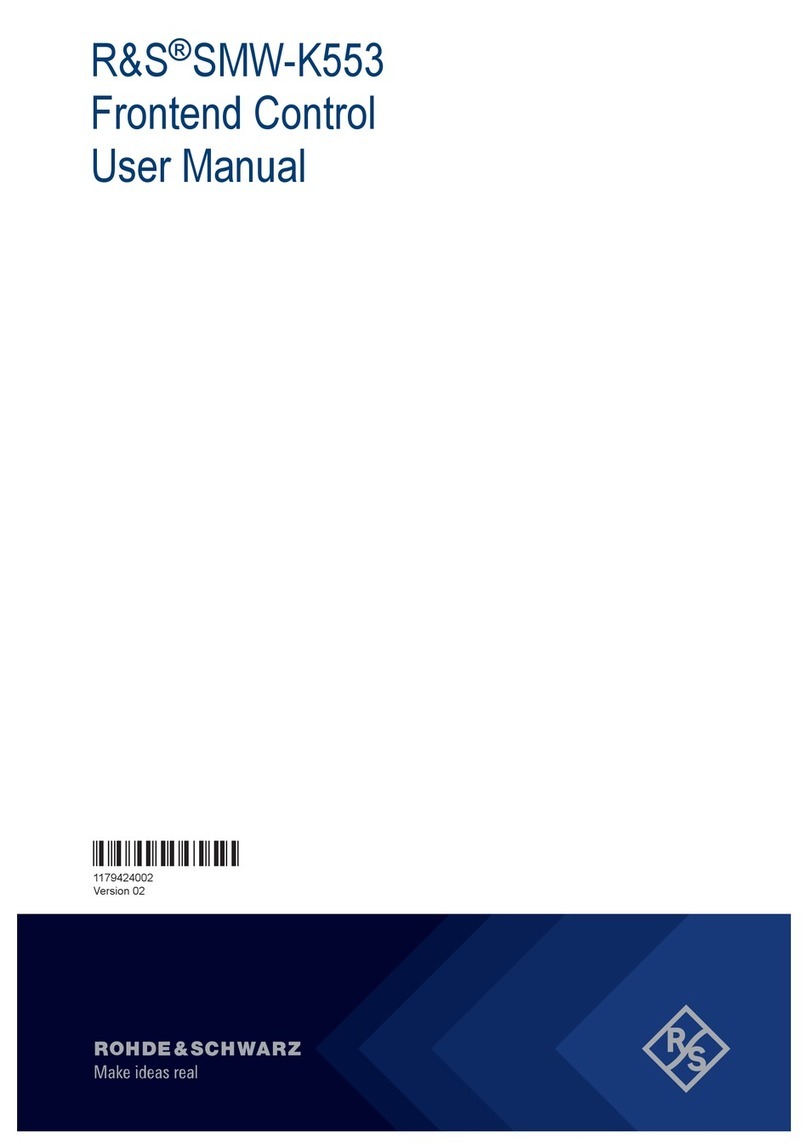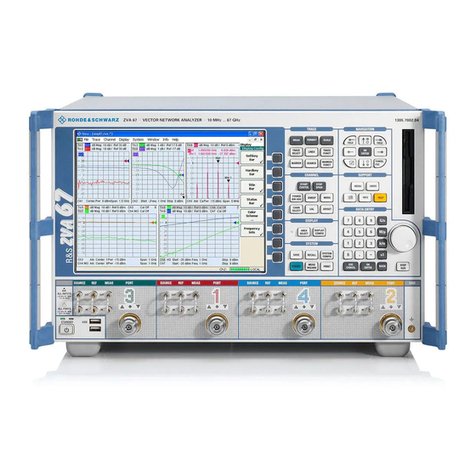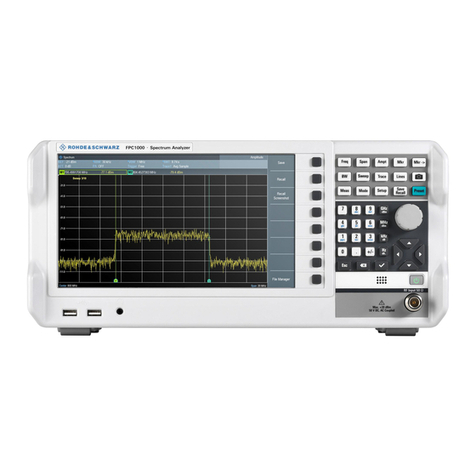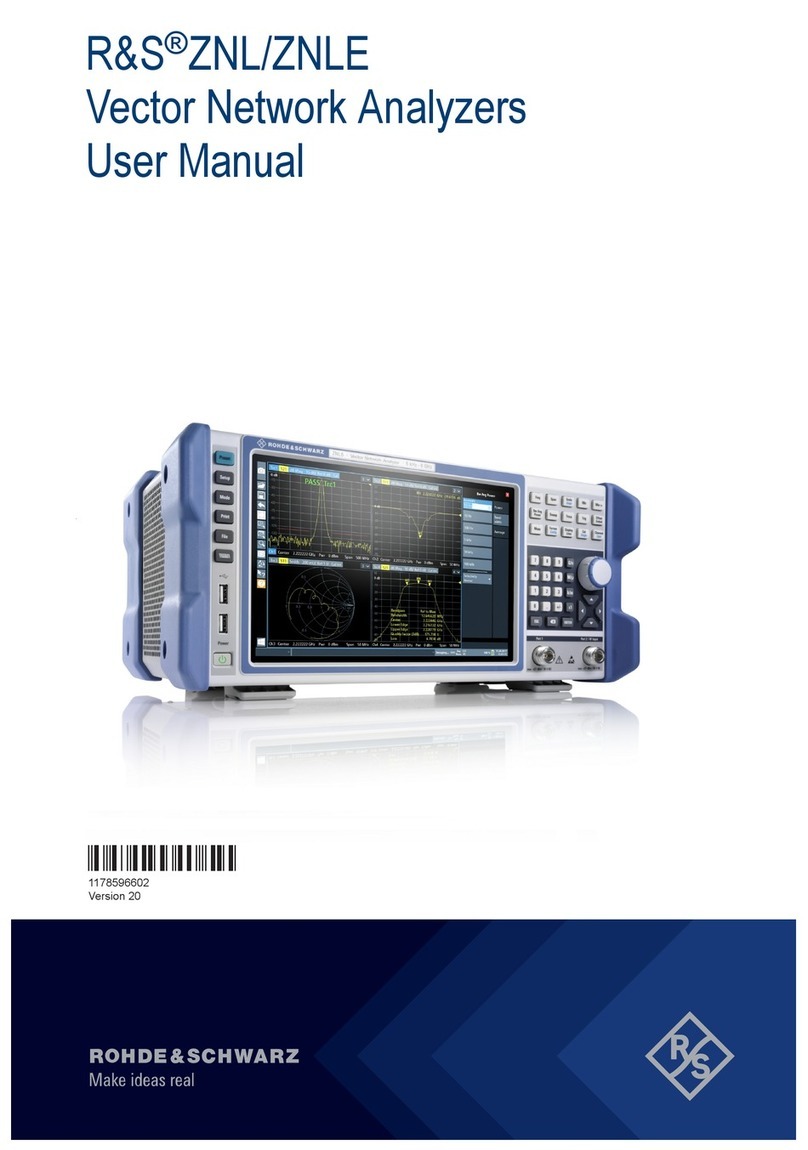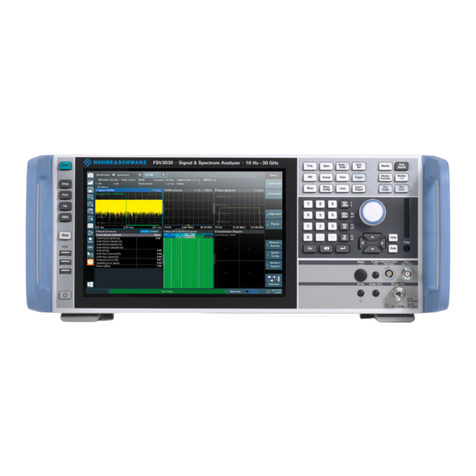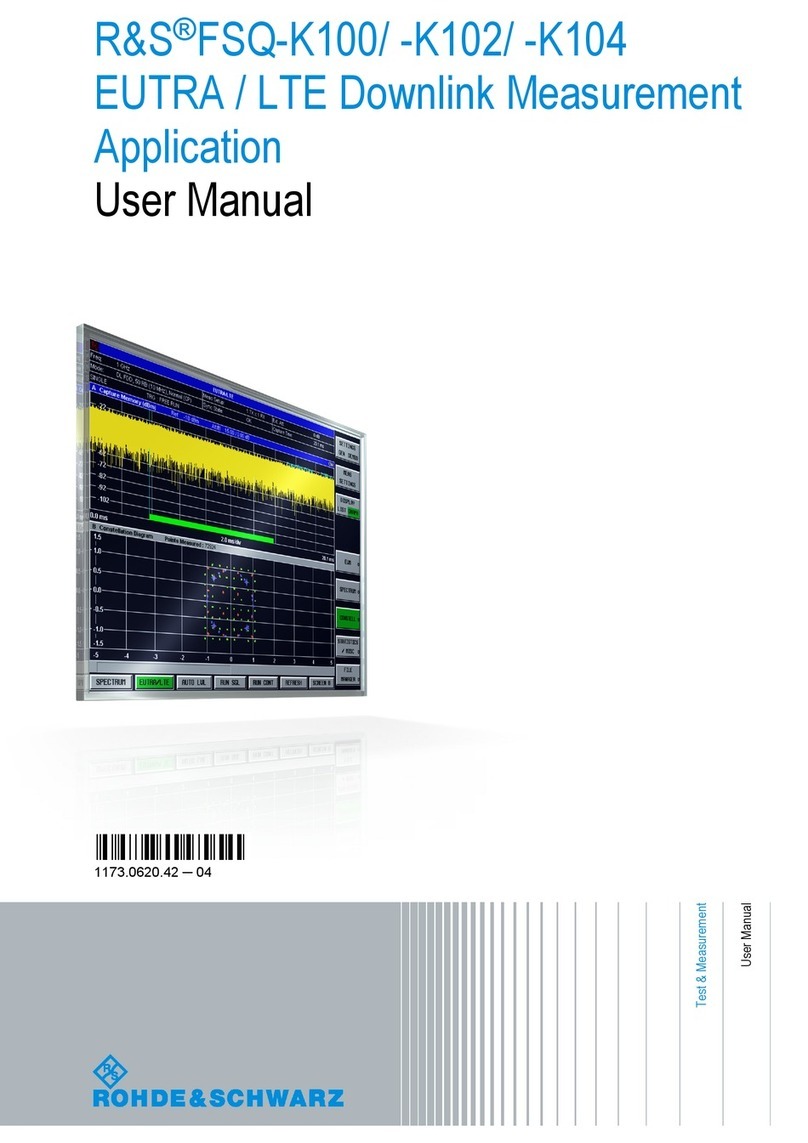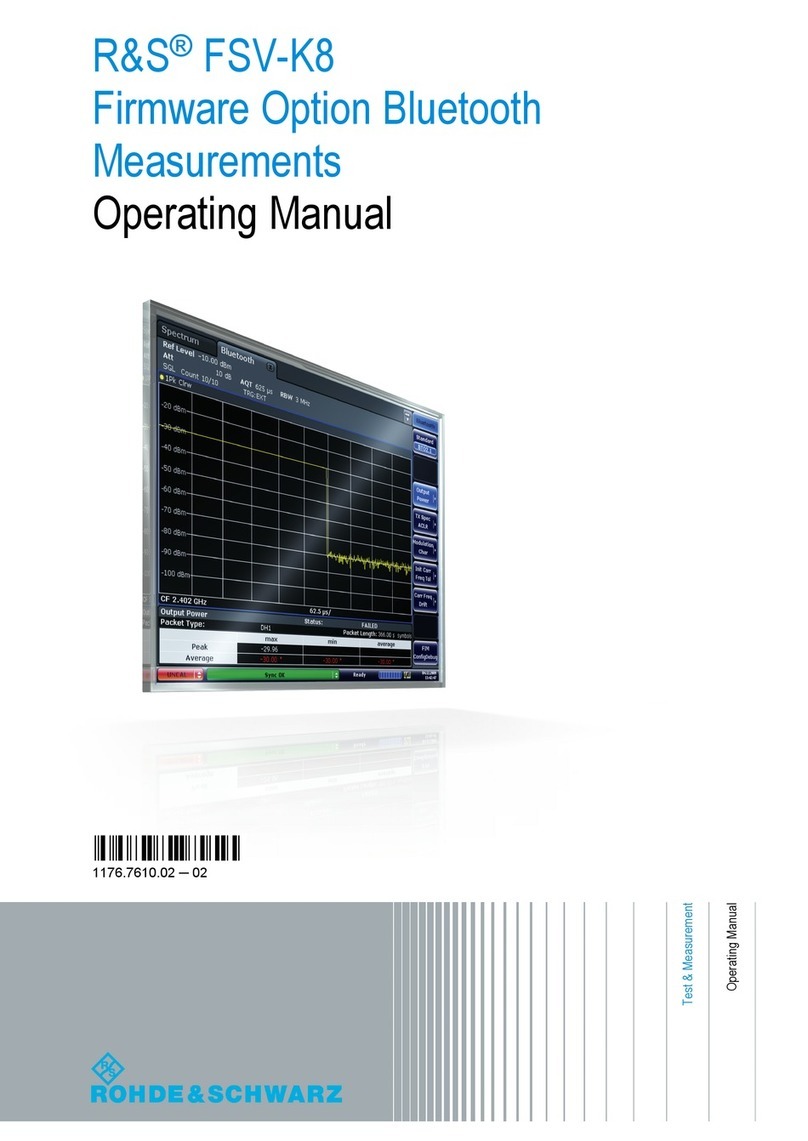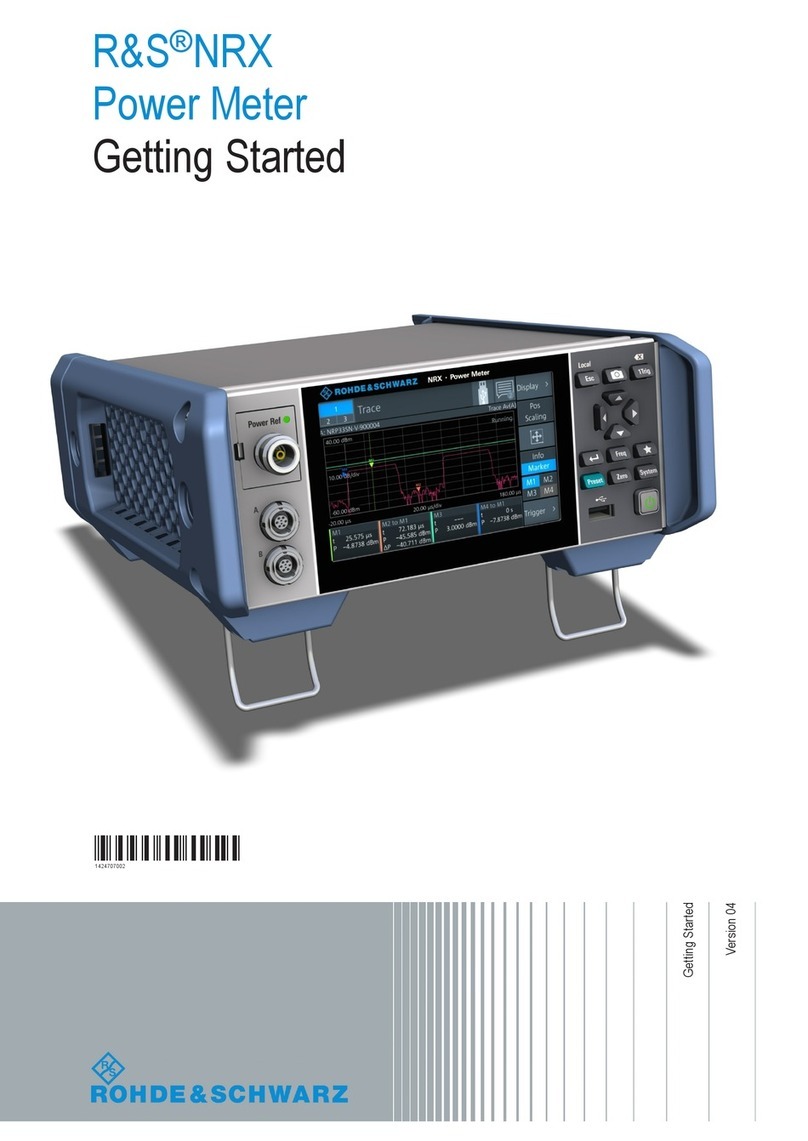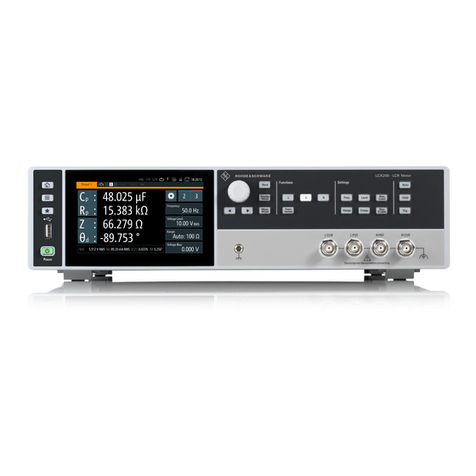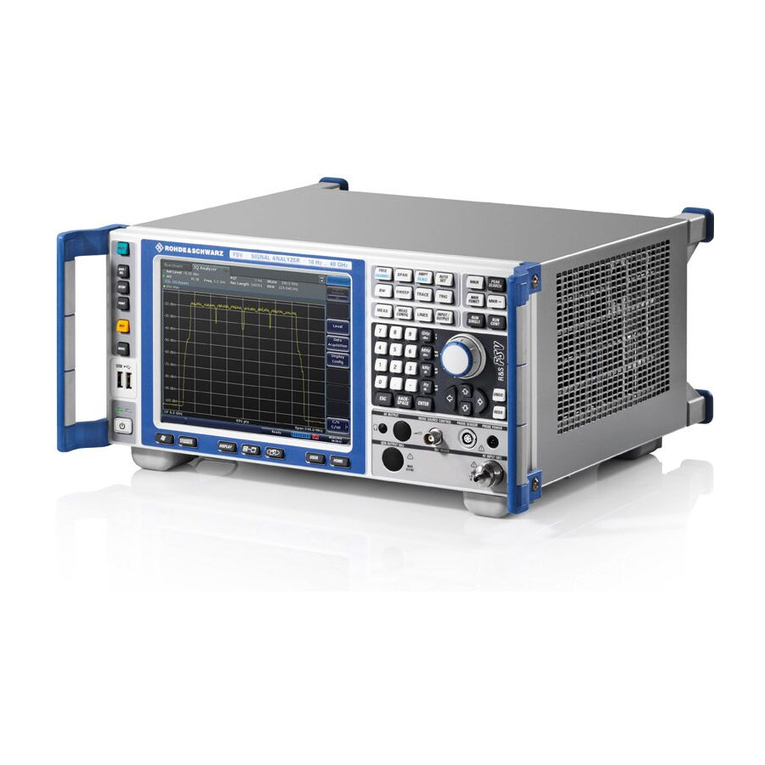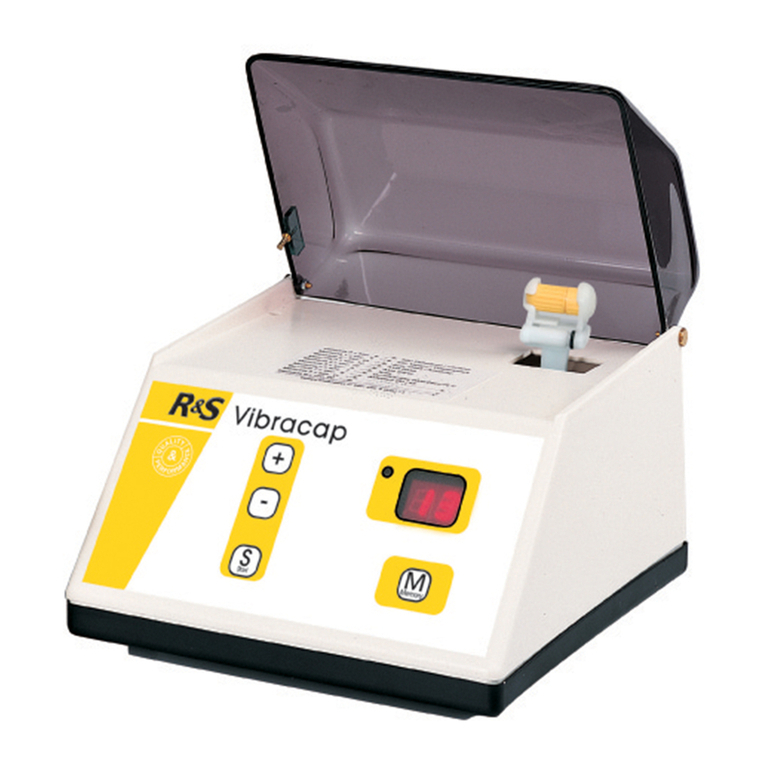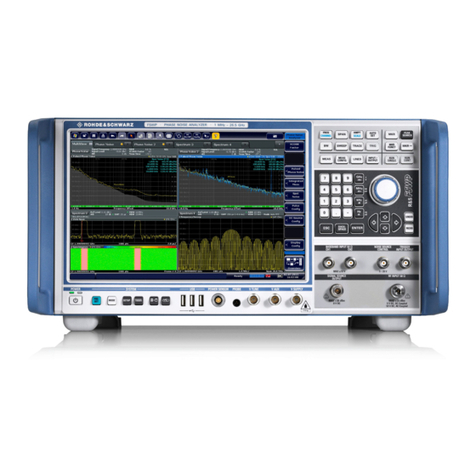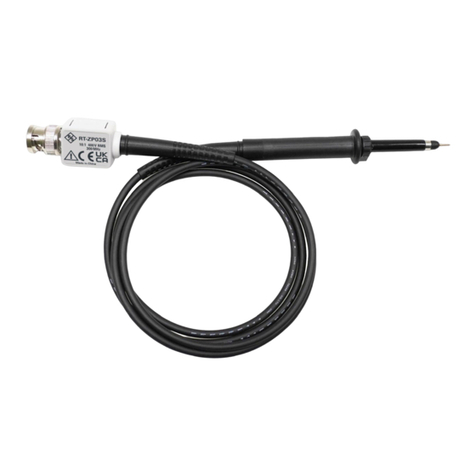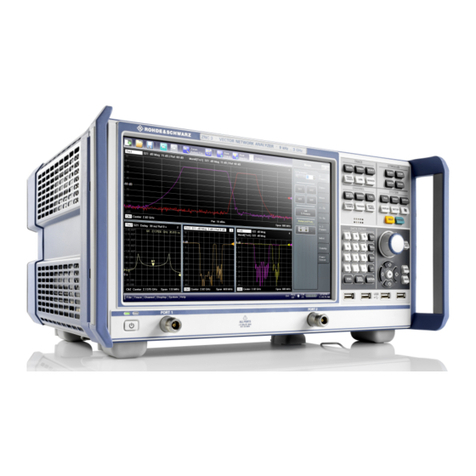
Contents
R&S®FSPN
5User Manual 1179.4363.02 ─ 01
6.3.2 Amplitude Characteristics........................................................................................... 102
6.3.3 Diagram Scale.............................................................................................................104
6.4 Frequency.................................................................................................................. 105
6.5 Noise Measurement Configuration..........................................................................110
6.5.1 Triggered Measurements (Phase Noise CW)..............................................................110
6.5.2 Measurement Range...................................................................................................110
6.5.3 Noise Configuration..................................................................................................... 111
6.5.4 Integrated Measurement Configuration.......................................................................116
6.5.5 Spot Noise Information................................................................................................119
6.5.6 Spur Display................................................................................................................120
6.5.7 Frequency Stability Configuration............................................................................... 122
6.6 DC Source Configuration......................................................................................... 123
6.7 VCO Characterization Configuration.......................................................................126
6.7.1 Sweep Configuration...................................................................................................127
6.7.2 Trace Configuration.....................................................................................................129
6.8 Spot Noise vs Tune Configuration...........................................................................130
6.8.1 Trace Configuration.....................................................................................................130
6.9 PN Transient Analysis Configuration......................................................................131
6.9.1 Frequency Configuration.............................................................................................132
6.9.2 Trigger Configuration...................................................................................................133
6.9.3 Data Acquisition.......................................................................................................... 136
6.9.4 Amplitude Configuration..............................................................................................137
6.9.5 Diagram Scale.............................................................................................................138
6.9.6 Settling Time............................................................................................................... 140
6.9.7 Frequency Deviation................................................................................................... 140
6.9.8 Trace Configuration.....................................................................................................141
6.9.9 Marker Configuration...................................................................................................141
6.9.10 Limit Lines................................................................................................................... 142
7 Common Analysis and Display Functions...................................... 143
7.1 Result Display Configuration...................................................................................143
7.1.1 Basic Result Displays..................................................................................................143
7.1.2 Laying out the Result Display with the SmartGrid.......................................................143
7.2 Zoomed Displays...................................................................................................... 147












